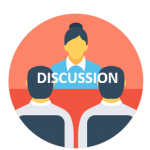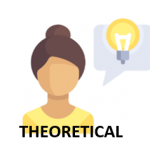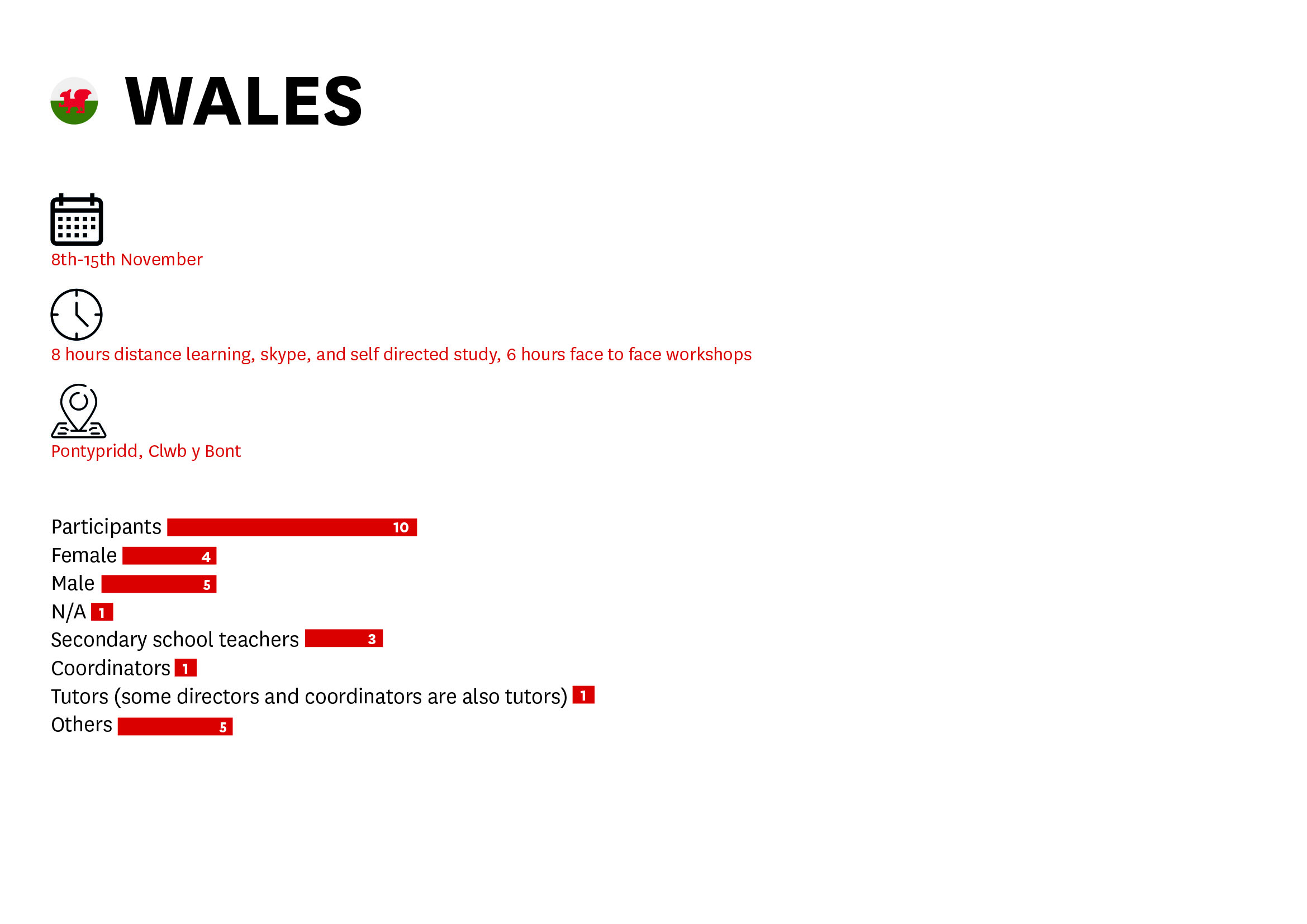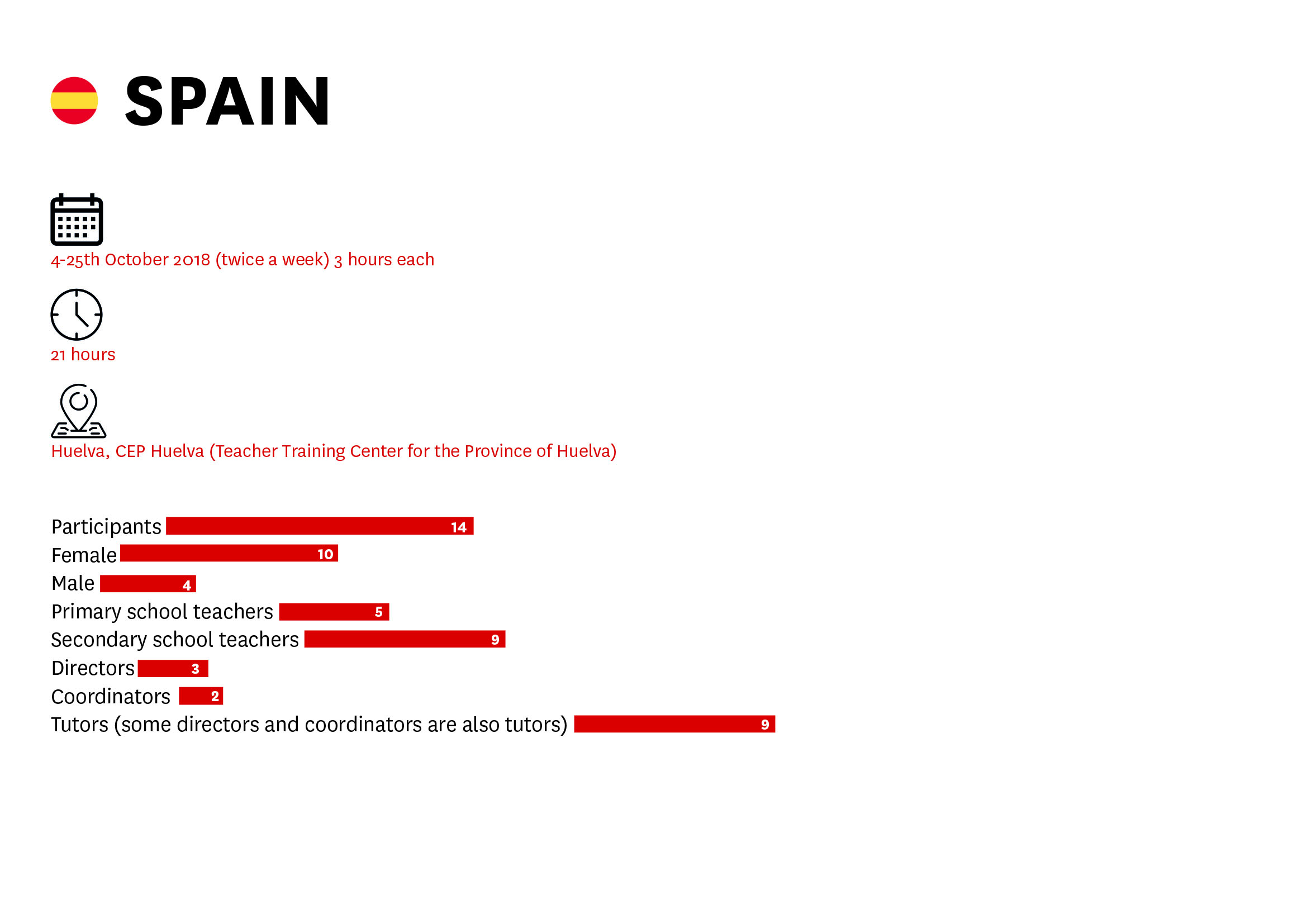One of the main challenges media literacy faces is its inclusion in classroom practice. Educational centres must be open to the incorporation of tools that allow for the modernisation of educational processes and the training of young prosumers.
Digital storytelling is an effective strategy for teaching multiple skills in the classroom through the creation of stories with different digital tools.
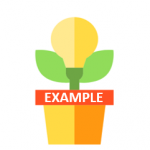
Collection of articles about digital storytelling with examples.
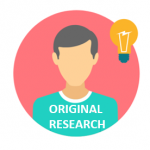
Open access article, Digital storytelling as student-centred pedagogy: empowering high school students to frame their futures describes an action research project using digital storytelling with disengaged high school students
Research and practice in media literacy enables teachers and students to be trained in the different types of online resources that are useful in education.
The use of digital resources, collaborative tools and scientific studies can promote better experiences in the use of resources. They can also serve as support for schools that want to use them.
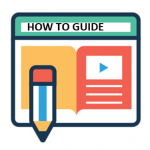
JISC guide to collaborative online tools.

Guide to facilitating setting up and running an internet radio station for educational use with a group

Blog article giving examples of collaborative tools and ways to use them in the classroom
In the midst of the digital age, social networks have shed light on the gap between our personal and professional lives. This reality forces us to rethink the way we build and project our digital identity. Particular consideration should be given to the role played by children and young people on YouTube, one of the platforms most used by this group.
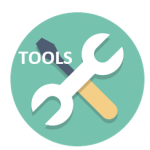
This activity plan explores notion of ‘online persona’ and the relationship with offline selves. It reflects on options to present oneself online, and ways to protect oneself; discusses how self-presentation choices carry both benefits and risks.
Tutorial exploring digital identities and how we present ourselves online to different audiences. Uses some useful digital storytelling tools as examples.
